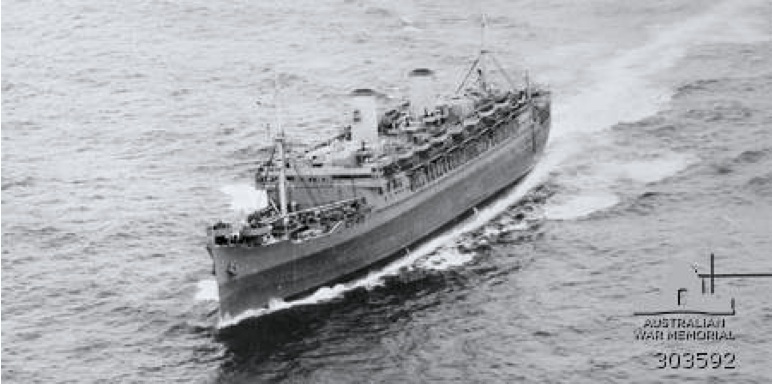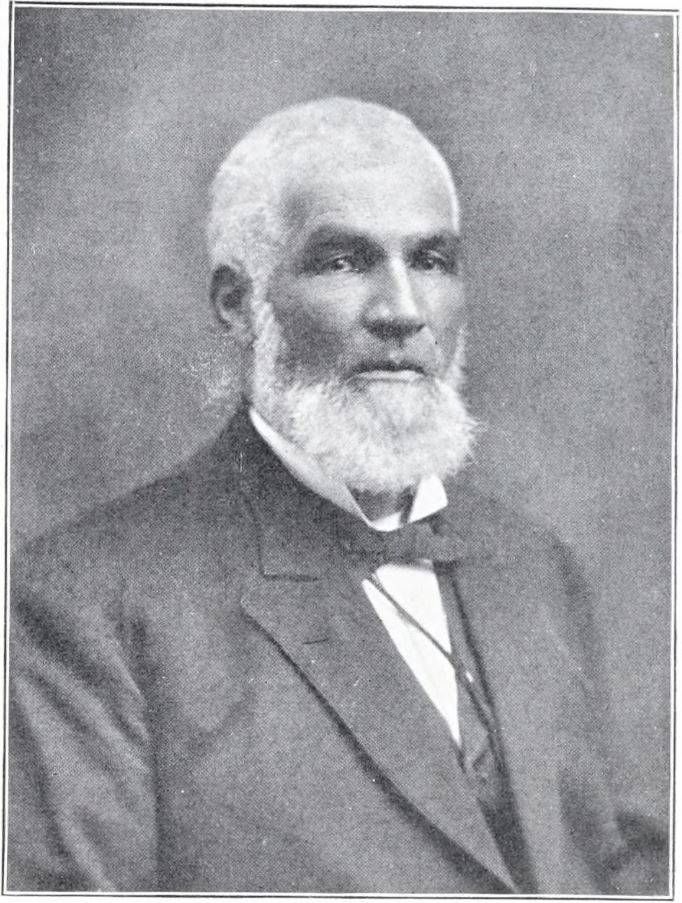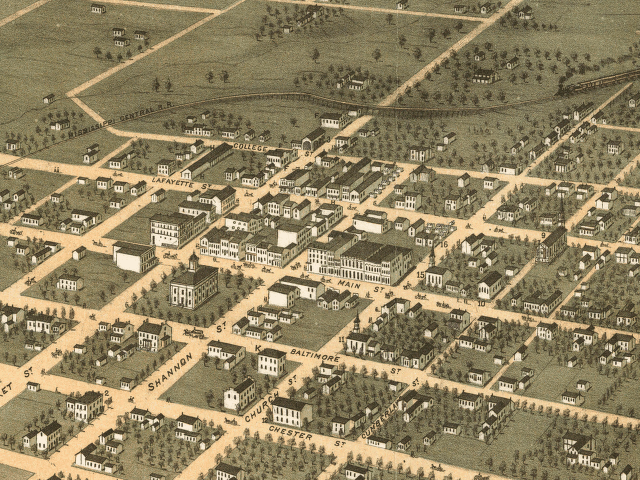|
SS Lane Victory
SS ''Lane Victory'' is an American Victory-class cargo ship used in World War II, the Korean War and Vietnam War. The ship was preserved in 1989 to serve as a museum ship in the San Pedro area of Los Angeles, California. As a rare surviving Victory ship, she was designated a U.S. National Historic Landmark. SS ''Lane Victory'' was named after Lane College, which was established as a high school for black youths in 1882 at Jackson, Tennessee, by Isaac Lane, a bishop of the Colored Methodist Episcopal Church in America. World War II ''Lane Victory'' was built in Los Angeles by the California Shipbuilding Corporation and launched on May 31, 1945. On her first voyage, June 27, 1945, ''Lane Victory'' carried war supplies in the Pacific. The War Shipping Administration gave the operations of the ship to the American President Lines. United States Merchant Mariners operated the ship. The United States Navy Armed Guard, who manned the ship's guns, worked as signalmen and radiomen. She ... [...More Info...] [...Related Items...] OR: [Wikipedia] [Google] [Baidu] |
Vincent Thomas Bridge
The Vincent Thomas Bridge is a suspension bridge, crossing Los Angeles Harbor in Los Angeles, California, linking San Pedro with Terminal Island. It is the only suspension bridge in the Greater Los Angeles area. The bridge is part of State Route 47, which is also known as the Seaside Freeway. The bridge opened in 1963 and is named for California Assemblyman Vincent Thomas of San Pedro, who championed its construction. It was the first welded suspension bridge in the United States and is now the fourth-longest suspension bridge in California and the 76th-longest span in the world. The clear height of the navigation channel is approximately ; it is the only suspension bridge in the world supported entirely on piles. History Assemblyman Thomas, who represented San Pedro, spent 19 years beginning in 1940 arguing for the 16 different pieces of legislation that were necessary for its construction. During that time and in the years right after it was built, it was ridiculed as " ... [...More Info...] [...Related Items...] OR: [Wikipedia] [Google] [Baidu] |
California Shipbuilding Corporation
__NOTOC__ California Shipbuilding Corporation built 467 Liberty and Victory ships during World War II, including ''Haskell''-class attack transports. California Shipbuilding Corporation was often referred to as Calship. The ''Dictionary of American Naval Fighting Ships'' sometimes refers to this shipyard as California Shipbuilding Co., but Company appears to be an error. History The Calship shipyard was created at Terminal Island in Los Angeles, California, United States as part of America's massive shipbuilding effort of World War II. W. A. Bechtel Co. was given sponsorship and executive direction of Calship. As of 1940, Los Angeles shipyards had not built a large ship in 20 years. By late 1941 though, shipbuilding had become the second largest manufacturing industry in the Los Angeles area. Calship was created from scratch and began production of Liberty Ships in May 1941. In the early 1940s, contracts from the U.S.Department of Maritime Commission and a number of U.S. ... [...More Info...] [...Related Items...] OR: [Wikipedia] [Google] [Baidu] |
American President Lines
APL, formerly called American President Lines Ltd., is an American container shipping company that is a subsidiary of French shipping company CMA CGM. It operates an all-container ship fleet, including 9 U.S. flagged container vessels. In 1938, the U.S. government took over the management of the Dollar Steamship Co., which was in financial difficulties and transferred their assets to the newly formed American President Lines. In 1997, Singaporean shipping company Neptune Orient Lines (NOL) acquired APL, eventually moving APL's headquarters to Singapore. In 2016, CMA CGM acquired NOL, including APL. History Pacific Mail Steamship Company Following the end of the Mexican–American War in 1848, the United States West Coast of the United States now extended from Puget Sound to San Diego. When the 29th United States Congress passed the Mail Steamer Bill (1847), mail delivery was authorized to be routed by ship from the East Coast of the United States to the Pacific Coast via the ... [...More Info...] [...Related Items...] OR: [Wikipedia] [Google] [Baidu] |
War Shipping Administration
The War Shipping Administration (WSA) was a World War II emergency war agency of the US government, tasked to purchase and operate the civilian shipping tonnage the United States needed for fighting the war. Both shipbuilding under the Maritime Commission and ship allocation under the WSA to Army, Navy or civilian needs were closely coordinated though Vice Admiral Emory S. Land who continued as head of the Maritime Commission while also heading the WSA. Establishment A shortage of vessels further complicated by requirements to take vessels out of service for conversion and armament was of concern at the highest levels, including the President. Particular concern that available shipping would not be used effectively led to his establishment immediately on the nation's active entry into the war of the Strategic Shipping Board composed of the Chairman of the Maritime Commission, Army Chief of Staff, Chief of Naval Operations and Mr. Harry Hopkins reporting directly to the President ... [...More Info...] [...Related Items...] OR: [Wikipedia] [Google] [Baidu] |
Ceremonial Ship Launching
Ceremonial ship launching involves the performance of ceremonies associated with the process of transferring a vessel to the water. It is a nautical tradition in many cultures, dating back thousands of years, to accompany the physical process with ceremonies which have been observed as public celebration and a solemn blessing, usually but not always, in association with the launch itself. Ship launching imposes stresses on the ship not met during normal operation and, in addition to the size and weight of the vessel, represents a considerable engineering challenge as well as a public spectacle. The process also involves many traditions intended to invite good luck, such as christening by breaking a sacrificial bottle of champagne over the bow as the ship is named aloud and launched. Methods There are three principal methods of conveying a new ship from building site to water, only two of which are called "launching". The oldest, most familiar, and most widely used is th ... [...More Info...] [...Related Items...] OR: [Wikipedia] [Google] [Baidu] |
Christian Methodist Episcopal Church
The Christian Methodist Episcopal (C.M.E.) Church is a historically black denomination within the broader context of Wesleyan Methodism founded and organized by John Wesley in England in 1744 and established in America as the Methodist Episcopal Church in 1784. It is considered to be a mainline denomination. The CME Church was organized on December 16, 1870 in Jackson, Tennessee by 41 former slave members with the full support of their white sponsors in their former Methodist Episcopal Church, South who met to form an organization that would allow them to establish and maintain their own polity. They ordained their own bishops and ministers without their being officially endorsed or appointed by the white-dominated body. They called this fellowship the Colored Methodist Episcopal Church in America, which it remained until their successors adopted the current name in 1954. The Christian Methodist Episcopal today has a church membership of people from all racial backgrounds. It adhe ... [...More Info...] [...Related Items...] OR: [Wikipedia] [Google] [Baidu] |
Isaac Lane
Isaac Lane (1834–1937) was the fifth bishop of the Colored Methodist Episcopal Church in America, which established Lane College in 1882. The Jackson, Tennessee college was named after Lane. Isaac Lane was born March 4, 1834, in Madison County, Tennessee. Lane was born a slave on the plantation of Cullen Lane, and at age nineteen Lane married Frances Ann Boyce, also a slave, but from Haywood County. The Lanes had twelve children and several became ministers, educators, and physicians. In 1870 after freed slaves founded the Colored Methodist Episcopal Church (CME), Lane quickly became a popular minister of the denomination, and in 1873, he was elected as a bishop by the 2nd General Conference of the Christian Methodist Episcopal Church, called together for the purpose of electing a bishop after the death of Bishop Richard Vanderhorst. In 1882 Lane founded a Colored Methodist Episcopal Church (CME) school in Jackson, and Lane's daughter, Jennie Lane, served as the first teacher an ... [...More Info...] [...Related Items...] OR: [Wikipedia] [Google] [Baidu] |
Jackson, Tennessee
Jackson is a city in and the county seat of Madison County, Tennessee, United States. Located east of Memphis, Tennessee, Memphis, it is a regional center of trade for West Tennessee. Its total population was 68,205 as of the 2020 United States census. Jackson is the primary city of the Jackson metropolitan area, Tennessee, Jackson, Tennessee metropolitan area, which is included in the Jackson-Humboldt, Tennessee combined statistical area. Jackson is Madison County, Tennessee, Madison County's largest city, and the second-largest city in West Tennessee next to Memphis. It is home to the Tennessee Supreme Court's courthouse for West Tennessee, as Jackson was the major city in the west when the court was established in 1834. In the antebellum era, Jackson was the market city for an agricultural area based on cultivation of cotton, the major commodity crop. Beginning in 1851, the city became a hub of railroad systems ultimately connecting to major markets in the north and south, a ... [...More Info...] [...Related Items...] OR: [Wikipedia] [Google] [Baidu] |
National Historic Landmark
A National Historic Landmark (NHL) is a building, district, object, site, or structure that is officially recognized by the United States government for its outstanding historical significance. Only some 2,500 (~3%) of over 90,000 places listed on the country's National Register of Historic Places are recognized as National Historic Landmarks. A National Historic Landmark District may include contributing properties that are buildings, structures, sites or objects, and it may include non-contributing properties. Contributing properties may or may not also be separately listed. Creation of the program Prior to 1935, efforts to preserve cultural heritage of national importance were made by piecemeal efforts of the United States Congress. In 1935, Congress passed the Historic Sites Act, which authorized the Interior Secretary authority to formally record and organize historic properties, and to designate properties as having "national historical significance", and gave the Nation ... [...More Info...] [...Related Items...] OR: [Wikipedia] [Google] [Baidu] |
Los Angeles, California
Los Angeles ( ; es, Los Ángeles, link=no , ), often referred to by its initials L.A., is the largest city in the state of California and the second most populous city in the United States after New York City, as well as one of the world's most populous megacities. Los Angeles is the commercial, financial, and cultural center of Southern California. With a population of roughly 3.9 million residents within the city limits , Los Angeles is known for its Mediterranean climate, ethnic and cultural diversity, being the home of the Hollywood film industry, and its sprawling metropolitan area. The city of Los Angeles lies in a basin in Southern California adjacent to the Pacific Ocean in the west and extending through the Santa Monica Mountains and north into the San Fernando Valley, with the city bordering the San Gabriel Valley to it's east. It covers about , and is the county seat of Los Angeles County, which is the most populous county in the United States with an estim ... [...More Info...] [...Related Items...] OR: [Wikipedia] [Google] [Baidu] |
Museum Ship
A museum ship, also called a memorial ship, is a ship that has been preserved and converted into a museum open to the public for educational or memorial purposes. Some are also used for training and recruitment purposes, mostly for the small number of museum ships that are still operational and thus capable of regular movement. Several hundred museum ships are kept around the world, with around 175 of them organised in the Historic Naval Ships AssociationAbout The Historic Naval Ships Association (the international website. Accessed 2008-06-06.) though many are not naval museum ships, from general merchant ships to [...More Info...] [...Related Items...] OR: [Wikipedia] [Google] [Baidu] |
Vietnam War
The Vietnam War (also known by #Names, other names) was a conflict in Vietnam, Laos, and Cambodia from 1 November 1955 to the fall of Saigon on 30 April 1975. It was the second of the Indochina Wars and was officially fought between North Vietnam and South Vietnam. The north was supported by the Soviet Union, China, and other communist states, while the south was United States in the Vietnam War, supported by the United States and other anti-communism, anti-communist Free World Military Forces, allies. The war is widely considered to be a Cold War-era proxy war. It lasted almost 20 years, with direct U.S. involvement ending in 1973. The conflict also spilled over into neighboring states, exacerbating the Laotian Civil War and the Cambodian Civil War, which ended with all three countries becoming communist states by 1975. After the French 1954 Geneva Conference, military withdrawal from Indochina in 1954 – following their defeat in the First Indochina War – the Viet Minh to ... [...More Info...] [...Related Items...] OR: [Wikipedia] [Google] [Baidu] |











